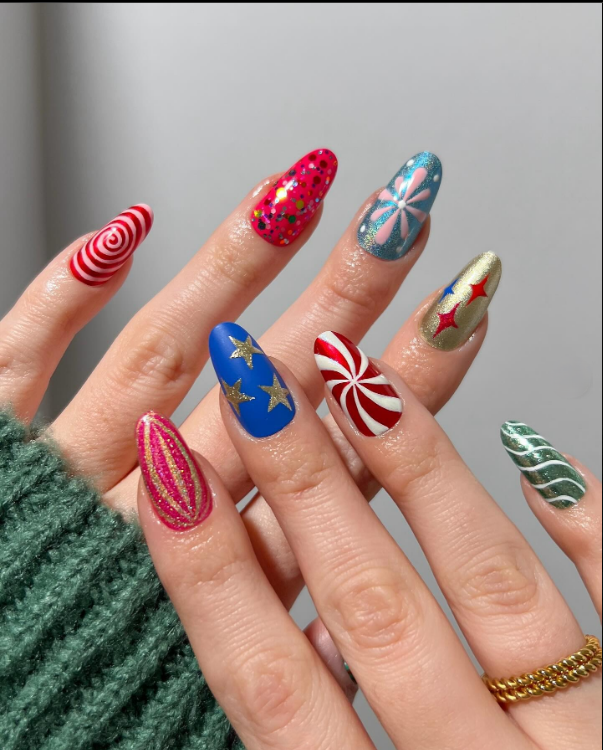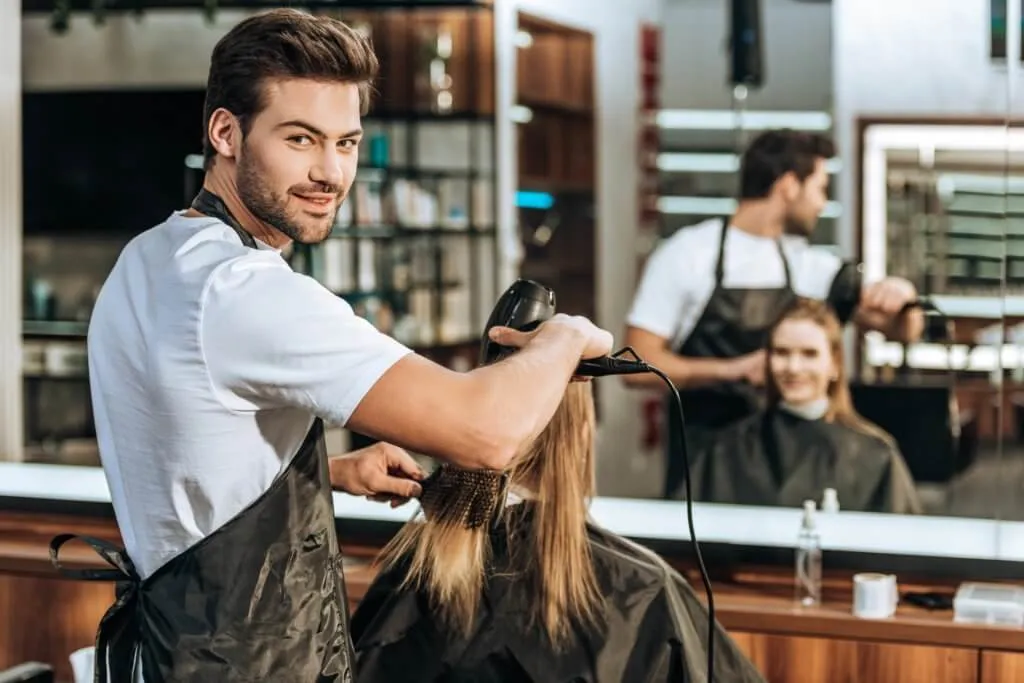
Lovely Blooms That Might Hurt Your Beloved Pets
The Hidden Dangers in Your Garde
Flowers play a key role in home decor and gardening. They add bright colors nice smells, and a calm feeling to our spaces. But if you have pets, the same flowers you love might put your furry pals at risk. Cats and dogs are known to be curious. A small bite of a petal or leaf could cause big health problems or even death. Pet owners need to know which flowers can hurt their animals. This knowledge helps keep the home safe for everyone who lives there.
1. Lilies: A Deadly Beauty for Cats
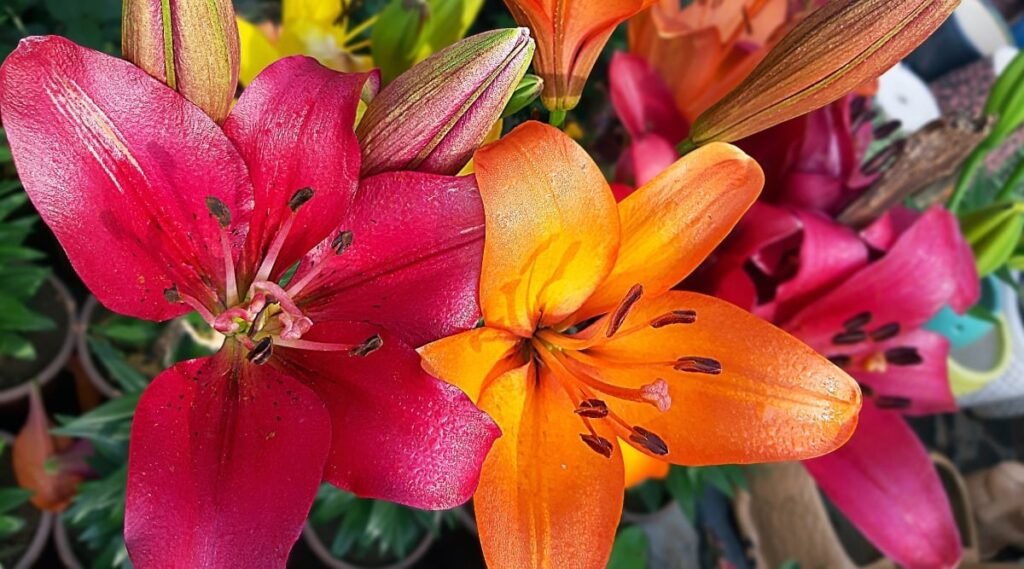
Lilies rank among the most beloved flowers seen in bouquets and gardens because of their big sweet-smelling flowers. Yet, they pose one of the biggest threats to cats. Every part of the lily, from leaves to petals and even pollen, can poison cats. Eating just a tiny bit might cause a cat’s kidneys to stop working. When a cat gets lily poisoning, it might throw up, act tired, and not want to eat. If a vet doesn’t treat the cat right away, the poisoning could kill it. If you have cats at home, it’s best not to bring lilies inside at all, no matter how pretty they look.
2. Tulips: A Springtime Hazard

Tulips signal the arrival of spring, their bright hues making them a hit in gardens and flower displays. But tulip bulbs contain harmful substances called tulipalin A and B. If pets eat these, it can cause bad stomach problems leading to drooling, throwing up, and loose stools. In worse cases, it can make breathing hard and affect the heart. The bulbs have the most toxins, so it’s key to keep pets away from tulip planting spots or where people store the bulbs.
3. Daffodils: A Cheerful Yet Dangerous Flower

Daffodils are synonymous with spring, often used to add a cheerful touch to both indoor and outdoor spaces. Despite their sunny appearance, daffodils contain lycorine, an alkaloid with potent emetic properties, meaning it induces vomiting. Ingesting any part of the daffodil plant, particularly the bulbs, can result in severe symptoms for pets, including convulsions, abdominal pain, and cardiac arrhythmias. These symptoms can escalate quickly, so if you suspect your pet has ingested any part of a daffodil, immediate veterinary attention is crucial.
4. Oleander: A Deadly Ornament

Oleander is a popular ornamental shrub, known for its lush foliage and striking flowers that range in color from white to deep pink. Despite its beauty, oleander is extremely toxic to both pets and humans. The plant contains cardiac glycosides, which affect the heart. Ingesting even a small amount can lead to symptoms such as vomiting, diarrhea, an irregular heartbeat, and in severe cases, death. Given the plant’s high toxicity, it is advisable for pet owners to avoid planting oleander in their gardens or keeping it in their homes.
5. Azaleas and Rhododendrons: Stunning but Risky

Azaleas and rhododendrons are prized for their vibrant flowers that create a stunning display in gardens. However, these plants contain grayanotoxins, which can be harmful to pets if ingested. Symptoms of poisoning include vomiting, drooling, diarrhea, and in severe cases, paralysis or coma. Even small amounts can be dangerous, making it essential to ensure these plants are out of reach of pets. For those who love the look of azaleas and rhododendrons, consider pet-safe alternatives that offer similar aesthetic appeal without the risk.
6. Hydrangeas: Beautiful Yet Poisonous
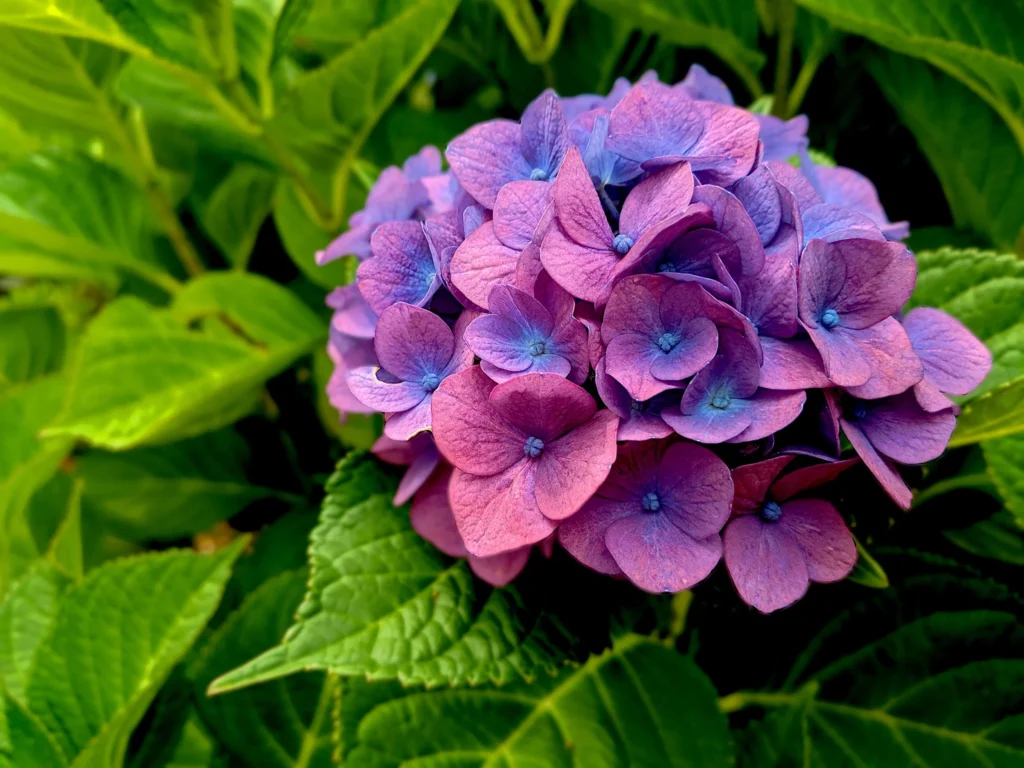
Hydrangeas are a garden favorite, known for their large, colorful flower heads that can range from pink to blue depending on soil pH. Despite their popularity, hydrangeas contain cyanogenic glycosides, which can release cyanide when ingested. Symptoms of hydrangea poisoning in pets include vomiting, diarrhea, and lethargy. While severe cases are rare, it’s still important to keep pets away from these plants, particularly if they have a habit of chewing on greenery. If you suspect your pet has ingested part of a hydrangea, contacting a veterinarian promptly is recommended.
7. Chrysanthemums: Autumn’s Colorful Threat

Chrysanthemums, often referred to as mums, are widely used in fall decorations due to their vibrant colors and long-lasting blooms. However, they contain pyrethrins, compounds that are also found in insecticides and can be toxic to pets. If a pet ingests chrysanthemums, they may experience drooling, vomiting, diarrhea, and a lack of coordination. The severity of symptoms can vary, but it’s best to err on the side of caution by keeping these flowers out of your pet’s reach.
8. Sago Palm: A Tropical Danger

Although not a flowering plant, the sago palm is worth mentioning due to its extreme toxicity. The sago palm is a popular indoor and outdoor plant with a tropical appearance. All parts of the sago palm are toxic, but the seeds (or “nuts”) are the most dangerous. Ingesting even a small amount can cause severe liver damage, leading to symptoms such as vomiting, diarrhea, seizures, and potentially death. Given the high risk, it’s best to avoid having sago palms in homes with pets.
9. Foxglove: The Poisonous Beauty

Foxgloves are tall, elegant plants that produce bell-shaped flowers in shades of purple, pink, and white. While they add a touch of grace to any garden, they are also highly toxic to pets. Foxgloves contain cardiac glycosides, similar to oleander, which can cause serious heart problems if ingested. Symptoms include vomiting, diarrhea, drooling, and an irregular heartbeat. If you grow foxgloves, it’s important to ensure that pets cannot access them.
10. Peace Lilies: A Misleading Name
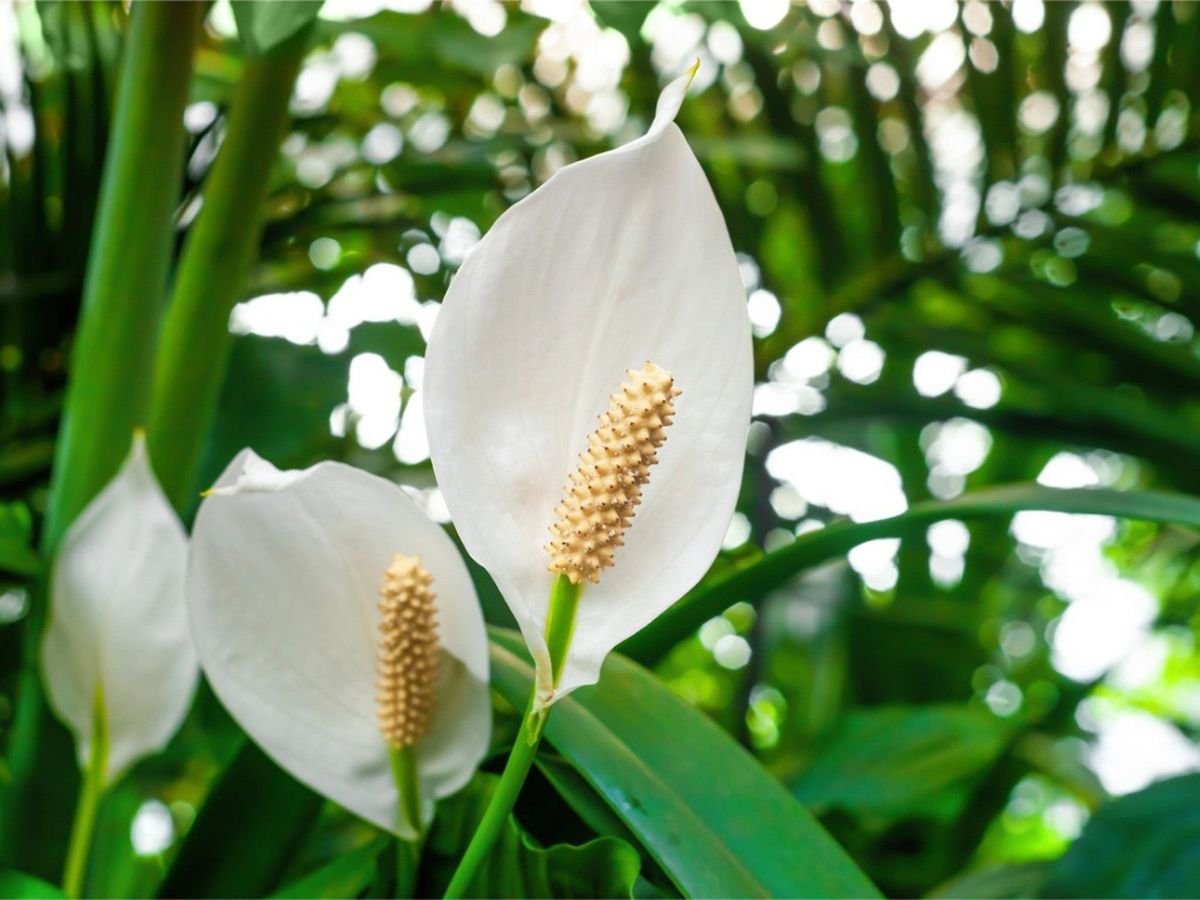
Peace lilies are popular indoor plants, known for their ability to thrive in low light and their air-purifying qualities. However, they contain calcium oxalate crystals, which can cause oral irritation, drooling, and difficulty swallowing in pets. While not usually life-threatening, the discomfort can be significant, and it’s best to keep peace lilies out of reach of curious pets.
Creating a Pet-Safe Garden and Home
Our pets are family members, and their safety is paramount. While it’s tempting to fill our homes and gardens with beautiful flowers, it’s important to consider the potential risks to our furry friends. By choosing pet-safe plants and keeping toxic flowers out of reach, you can create a space that is both beautiful and safe for everyone. Always consult with a veterinarian if you suspect your pet has ingested a harmful plant, and consider opting for non-toxic alternatives to protect your cherished companions.




